 16 Feb 2022
16 Feb 2022
Anti-nutritional factors interfere with nutrient utilization in a number of ways:

The antinutritional factors(ANFs) that we can find in nature have very diverse origins and chemical compositions. For example
Tannins
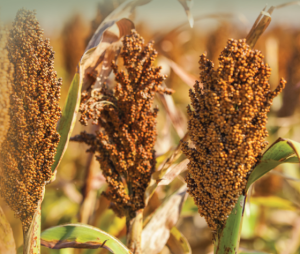
Tannins correspond to a large group of polyphenolic compounds. They are characterized by their solubility and their ability to form complexes. Tannins can injure the intestinal mucosa, interfere with the activity of digestive enzymes with the consequent decrease in digestibility and availability of amino acids and minerals. According to their chemical structure they are classified into two groups:
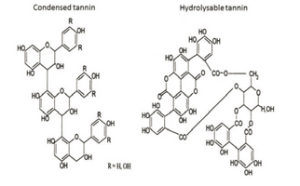
Chlorogenic acid, a non-tannin phenolic compound, is found primarily in sunflower seeds and is known to generate gray spots on the egg shell. Lignin is another example of a phenolic compound that does not correspond to the tannin family.
| Benefits of tannins In recent years, there has been an increase in work related to the advantages of some tannins when these are incorporated into diets, mainly as natural alternatives to the use of antibiotic growth promoters. In addition, it has been found that certain tannins can collaborate in parasite control, as well as pathogenic bacteria. They also posess an antioxidant and anti-inflammatory function. Examples of this are tannins obtained from chestnuts, acorns, quebracho and by-products of vegetable oil and wine. On the other hand, the use of tannins in ruminants has become important because thanks to their strong affinity for certain proteins, tannins convert these into passing proteins which prevents their degradation in the rumen. |
Phytates and phytic acid
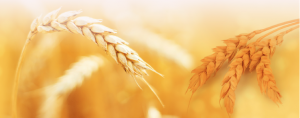
Phosphate groups form complexes with various cations and thus reduce the availability of amino acids and other fractions of food. Phytic acid on one hand has the advantage of being a source of phosphorus (when it is accompanied by phytase enzymes that manage to release this mineral), but on the other hand, presents the disadvantage of being an antiutritional factor.
Ergotamin

It is a ANF, produced by the fungus Claviceps Purpurea (known as Ergot), which affects cereal grains. In pigs it can cause food rejection, agalaxy and abortions.
Trypsin inhibitors
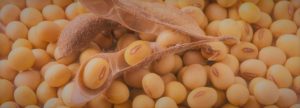
Trypsin inhibitors can be found in various legume seeds, the most common being soybeans and beans. Due to the composition of these elements, they can be inactivated with heat, being the wet treatment more effective than the dry one.
In soy the most abundant trypsin inhibitor (about 70%) is called Kunitz inhibitor which is very sensitive to heat. This is not the case for the Bowman-Birk inhibitor, which is more common in processed soybeans due to its greater resistance to high temperatures.
We recommend you also read: The current importance of the anti-nutritional factors of soy
Anti-nutritional factors of Rapeseed

Glucosylonates are glycosidic substances found in rapeseed (Brassica napus) and other cruciferous seeds. These are fairly stable compounds that remain largely after the oil has been extracted from the seed.
In addition to transmitting a bitter taste, glucosilanates generate metabolites that cause loss of appetite and affections related to the liver and thyroid gland. This effect is due to hydrolyzation produced by the enzyme myrosinase also present in the seed. This enzyme can be inactivated with heat, although it is important to keep in mind that it can also be produced by microorganisms that inhabit the gastrointestinal tract. Which can also generate the same disturbances described above.
Rapeseed also has other types of anti-nutritional factors that decrease the quality of protein and energy in poultry and pigs. These are:
Levels of rapeseed inclusion in animal feed
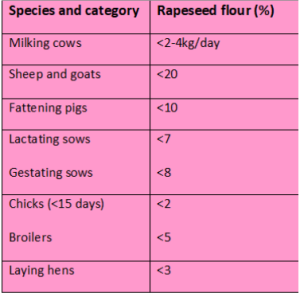
Adapted from GG Mateos, 2019
Non-digestible carbohydrates
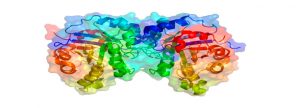
In general, it is considered that the presence of oligosaccharides impairs animal growth due to the fact that these are undigestible for animal enzymes. As a result they are fermented by microorganisms in the large intestine, causing gas production and diarrhea. However, these effects vary according to the age of the animal and the amount of oligosaccharides present in the diet.
| Benefits of oligosacharides The advantage of oligosaccharides for birds and mainly, adult pigs, is due to the fact that fermentation results in the production of volatile fatty acids which become a source of energy for the animal. They in turn contribute to lowering the pH in the intestinal lumen. Therefore, at adequate levels, oligosaccharides can be beneficial, providing a prebiotic effect. |
Arabinoxylans y B-glucans
They are carbohydrates commonly found in cereals such as oats, barley, wheat, rye and to a lesser extent, corn. They generate an increase in the viscosity of intestinal contents in birds, reulting in a reduction of consumption and digestibility.
Hemagglutinins, Saponins, Glycine y β-Conglycinin

These compounds are ANFs present in legume seeds. Hemagglutinins are glycoproteins that bind to carbohydrates in the intestinal mucous membranes generating digestive disorders. These compounds are eliminated when subjecting legumes to oil extraction, which is why they are only relevant in those cases when they are administered as raw seeds.
Saponins are soluble glycosides that are relatively heat stable and are found in legumes such as alfalfa and in smaller quantities in soybeans and beans. Although they are very toxic compounds when administered parenterally, when ingested with food they do not present major problems.
Glycine y β-conglycinin, are globulins found in soybeans. They are proteins that generate hypersensitivity, affecting the immune response and damaging the cells of the epithelial mucosa. Lactating calfs are more sensitive to these, than pigs or birds. Nontheless their inclusion must be looked after carefully, mainly in recently weaned piglets. Its allergenic activity can be reduced through heat exposure or by extracting the oil.
Cyclopropenoid and Gossypol acids
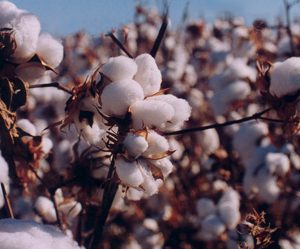
Cyclopropenoid acids and Gossypol are anti-nutritional factors present in cotton seed and flour. The first of these increase in the flour with respect to the seed and cause damage to the vitelline membrane of the egg. They also inhibit the action of the enzyme desaturase, which results in an increase of saturated fatty acids in the yolk. Causing it to become firm, and giving the albumin a pink color.
Gossypol is a polyphenolic pigment that produces various signs such as: loss of appetite, decreased fertility, liver failure and pigmentation of the shell and yolk. During oil extraction, gossypol content is significantly reduced.
Conclusions
The negative effects of anti-nutritional factors on the metabolism and productivity of animals varies according to the species, age, amount of ANFs present, processing, interaction with other nutrients, etc. Knowledge about antinutritional factors is essential when formulating diets for production animals, especially in young monogastrics.
Subscribe now to the technical magazine of animal nutrition
AUTHORS

Nutritional Interventions to Improve Fertility in Male Broiler Breeders
Edgar Oviedo
The Use of Organic Acids in Poultry: A Natural Path to Health and Productivity
M. Naeem
Synergistic Benefits of Prebiotics and Probiotics in Poultry, Swine, and Cattle
Gustavo Adolfo Quintana-Ospina
Hybrid Rye Potential in Laying Hen Feed Rations
Gwendolyn Jones
A day in the life of phosphorus in pigs: Part I
Rafael Duran Giménez-Rico
Use of enzymes in diets for ruminants
Braulio de la Calle Campos
Minerals and Hoof Health in the Pregnant Sow
Juan Gabriel Espino
Impact of Oxidized Fats on Swine Reproduction and Offspring
Maria Alejandra Perez Alvarado